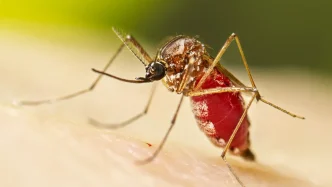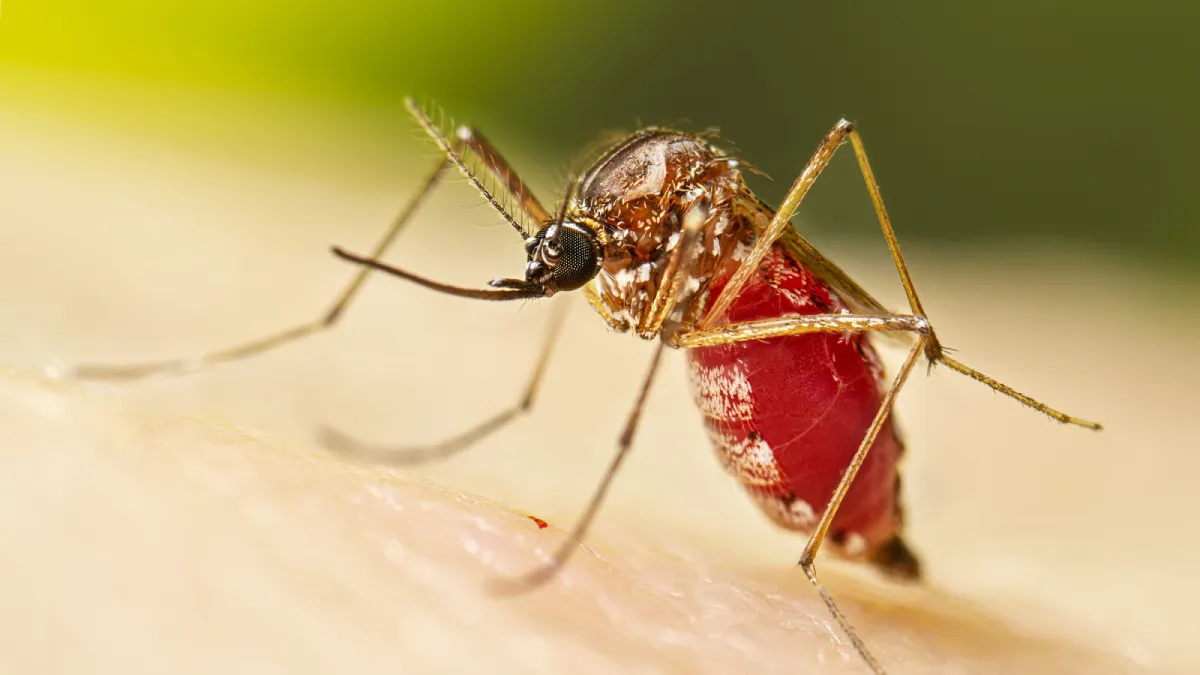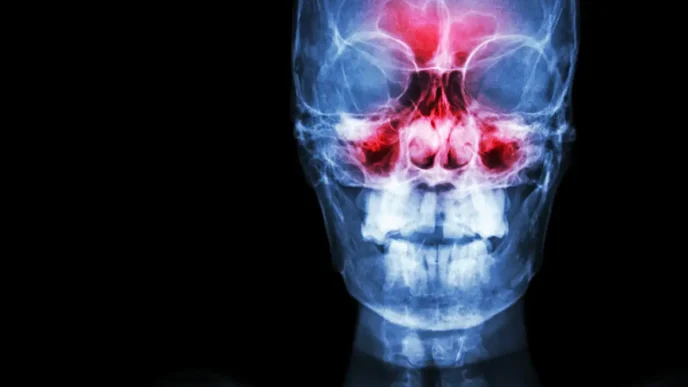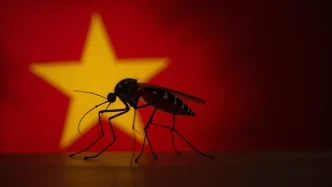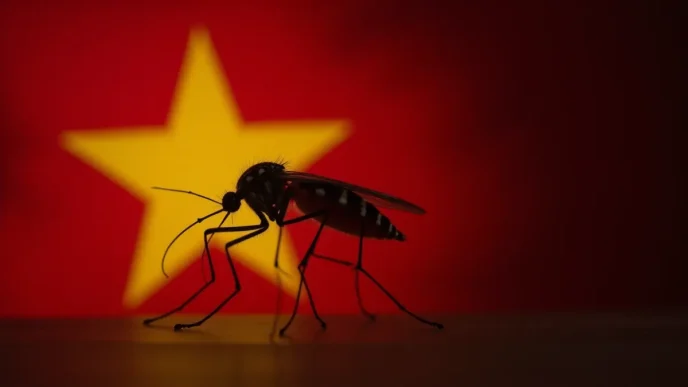Singapore is grappling with a significant rise in chikungunya cases, with numbers doubling in recent weeks, prompting heightened vigilance from health authorities. The mosquito-borne viral disease, known for causing fever and severe joint pain, has emerged as a growing public health concern in the city-state, which already battles periodic outbreaks of dengue. As officials intensify efforts to curb the spread, questions linger about the potential impact on residents and the effectiveness of current control measures.
A Sharp Increase in Cases
According to reports from local health authorities, the number of chikungunya cases in Singapore has surged, with recent figures showing a twofold increase compared to earlier in the year. While exact numbers vary across sources, the trend is clear: the disease, transmitted primarily by the Aedes mosquito, is gaining ground. The National Environment Agency (NEA) and the Ministry of Health (MOH) have confirmed the uptick, noting that clusters have been identified in several residential areas.
The rise in cases comes at a time when Singapore is also managing dengue, another mosquito-borne illness that shares the same vector. This dual threat has stretched resources and underscored the challenges of controlling vector-borne diseases in a densely populated urban environment. Health officials have emphasized that while chikungunya is rarely fatal, its symptoms—high fever, debilitating joint pain, and fatigue—can severely impact quality of life, often lasting for weeks or even months in some cases.
Authorities Respond with Vigilance
The Singaporean government has moved swiftly to address the outbreak. The NEA has ramped up mosquito control operations, including fogging and inspections in affected neighborhoods to eliminate breeding sites. Public advisories have urged residents to use insect repellent, install wire mesh screens, and remove stagnant water from their surroundings. These measures mirror strategies long employed against dengue, reflecting a well-honed public health response system.
Officials are also conducting active case-finding to identify and isolate clusters before they spread further. Contact tracing and health monitoring are being prioritized to prevent wider transmission. While no specific antiviral treatment exists for chikungunya, supportive care—such as hydration and pain relief—is being offered to those affected, with hospitals and clinics on alert for an influx of patients exhibiting symptoms.
Community Impact and Concerns
For many Singaporeans, the surge in chikungunya cases adds another layer of anxiety to daily life. The disease’s hallmark joint pain, often described as excruciating, can render individuals unable to work or carry out routine tasks. In a city known for its fast-paced lifestyle, such disruptions carry economic as well as personal consequences. Parents, in particular, are worried about the risk to children and the elderly, who may be more vulnerable to severe symptoms.
Beyond the immediate health implications, the outbreak raises broader questions about urban planning and climate resilience. Singapore’s tropical climate and high humidity create ideal conditions for mosquitoes to thrive, a challenge compounded by rapid urbanization. Some residents have voiced concerns over whether enough is being done to address root causes, such as construction sites that may harbor breeding grounds despite strict regulations.
A Regional Perspective
Chikungunya is not unique to Singapore; it has affected various parts of Southeast Asia in recent years, with outbreaks reported in countries like Thailand and Malaysia. The disease’s spread is often linked to travel and trade, as infected individuals or mosquitoes can cross borders with ease. For Singapore, a global hub with constant international traffic, this connectivity poses an ongoing risk. Health authorities are thus coordinating with regional counterparts to monitor cross-border transmission and share best practices for containment.
The overlap with dengue also highlights a regional public health challenge. Both diseases are transmitted by the Aedes mosquito, meaning control measures for one can benefit the other. However, the simultaneous presence of multiple vector-borne diseases can overwhelm systems, especially in resource-constrained settings. Singapore’s robust infrastructure and proactive governance give it an edge, but the current situation serves as a reminder that no city is immune to nature’s reach.
Looking Ahead
As Singapore battles this latest health threat, the long-term outlook remains uncertain. Will intensified mosquito control and public awareness campaigns be enough to stem the tide of chikungunya cases? Or does the city-state need to rethink its approach to urban development and environmental management to address the conditions that allow such diseases to flourish? For now, authorities are focused on containment, but the situation serves as a stark reminder of the fragility of public health in the face of evolving environmental challenges.
Residents, meanwhile, are adapting to yet another layer of precaution in their daily routines. From clearing flowerpots to donning long sleeves, small actions are becoming part of a collective effort to protect communities. As the numbers continue to be monitored, the hope is that this outbreak will be a temporary setback rather than a sign of deeper systemic vulnerabilities.

